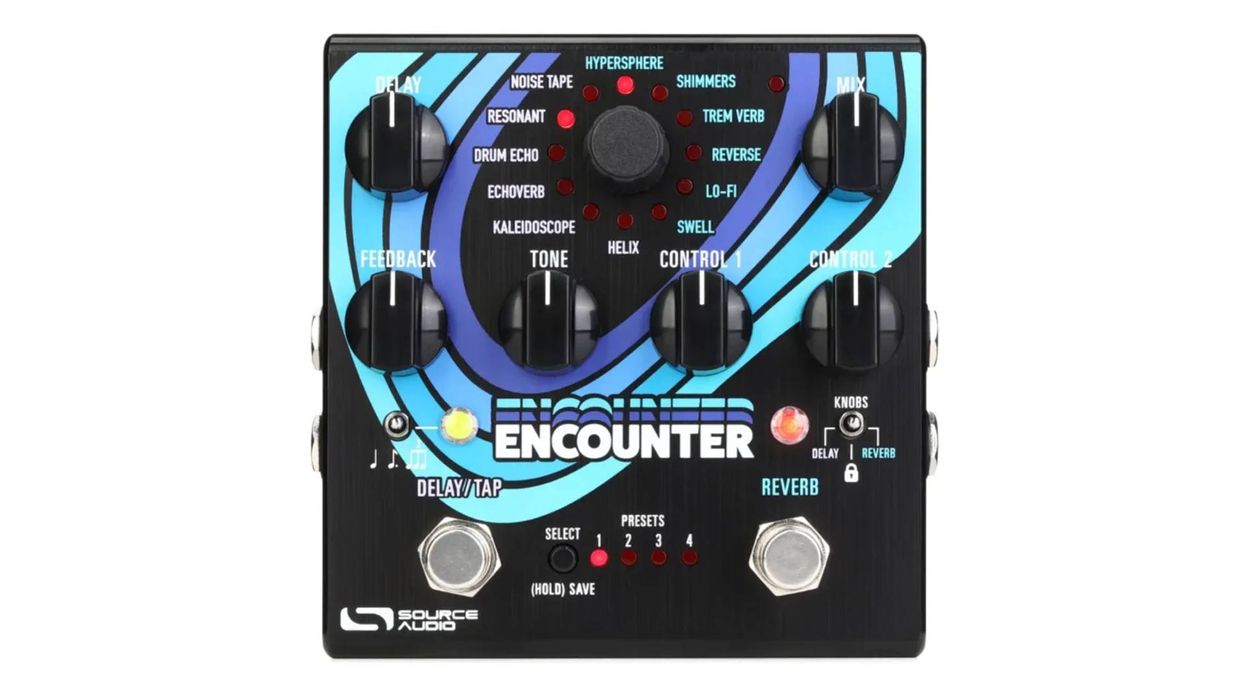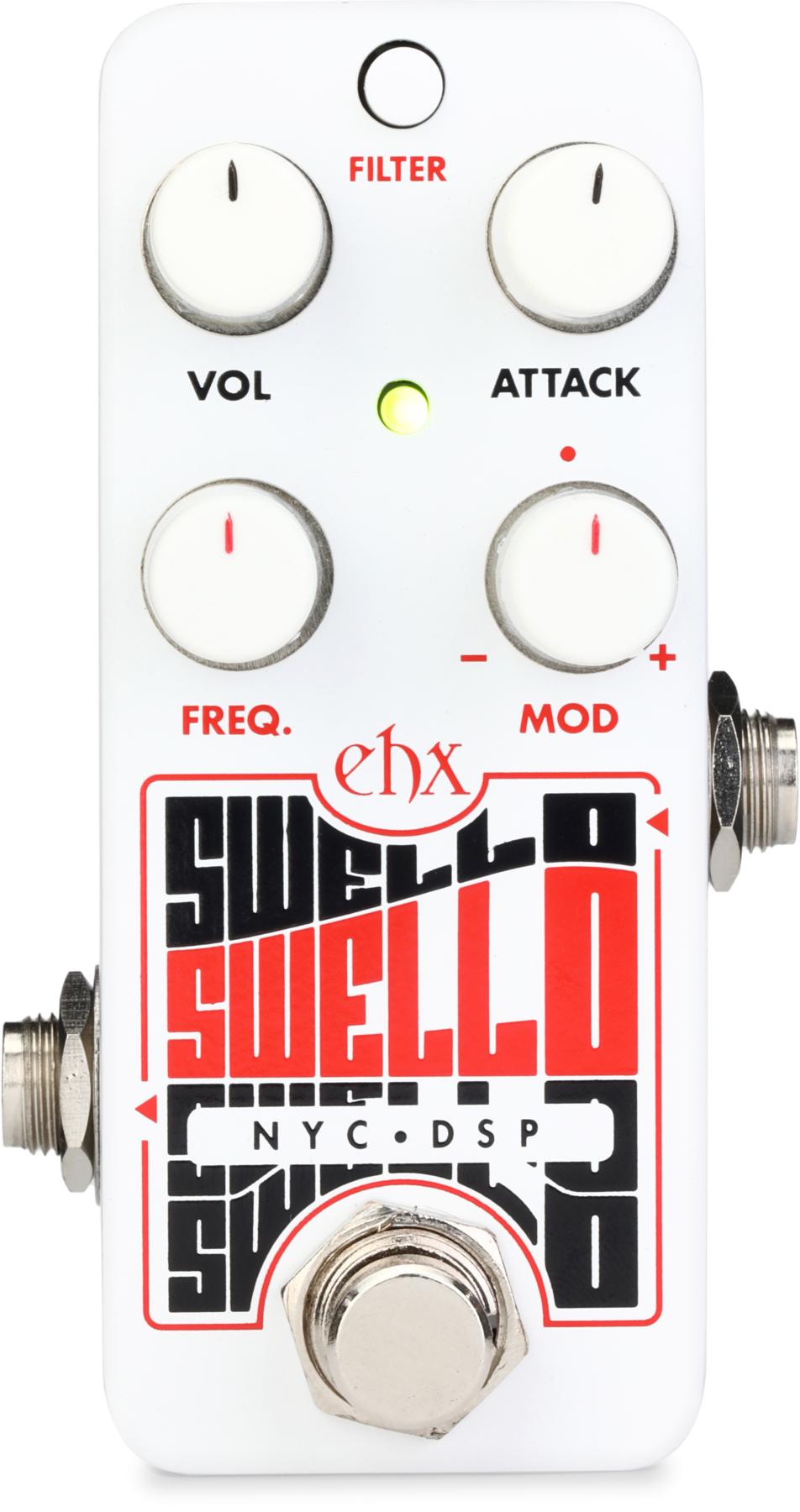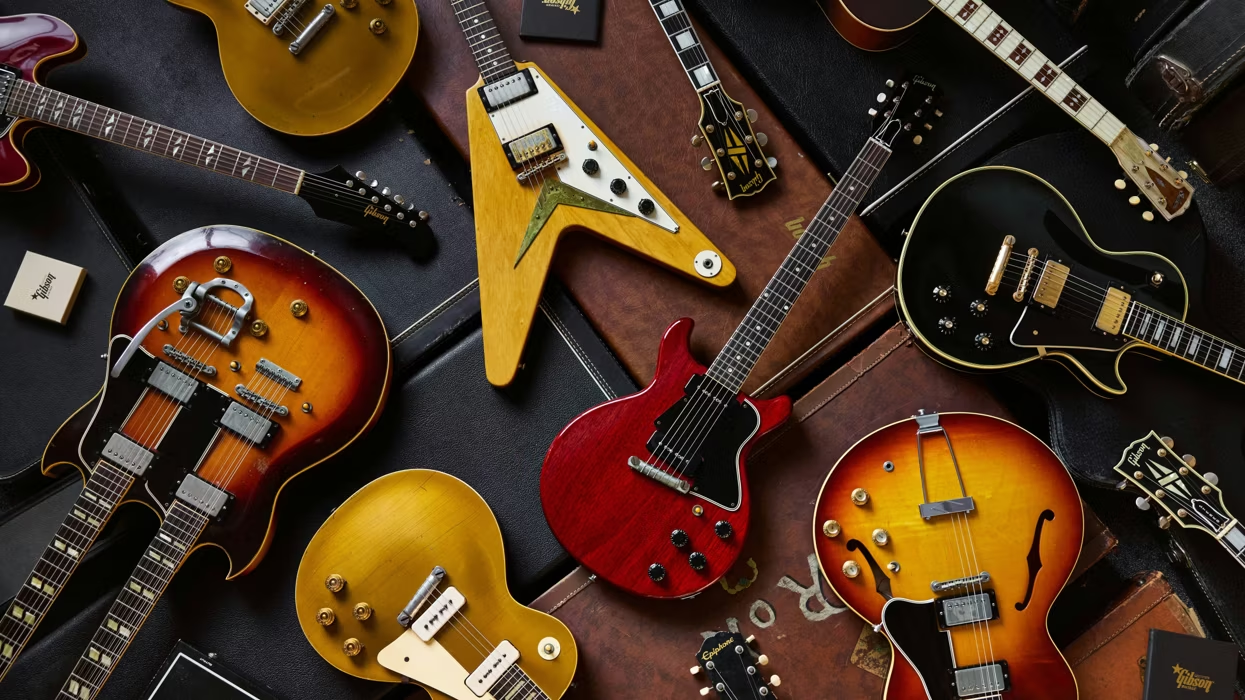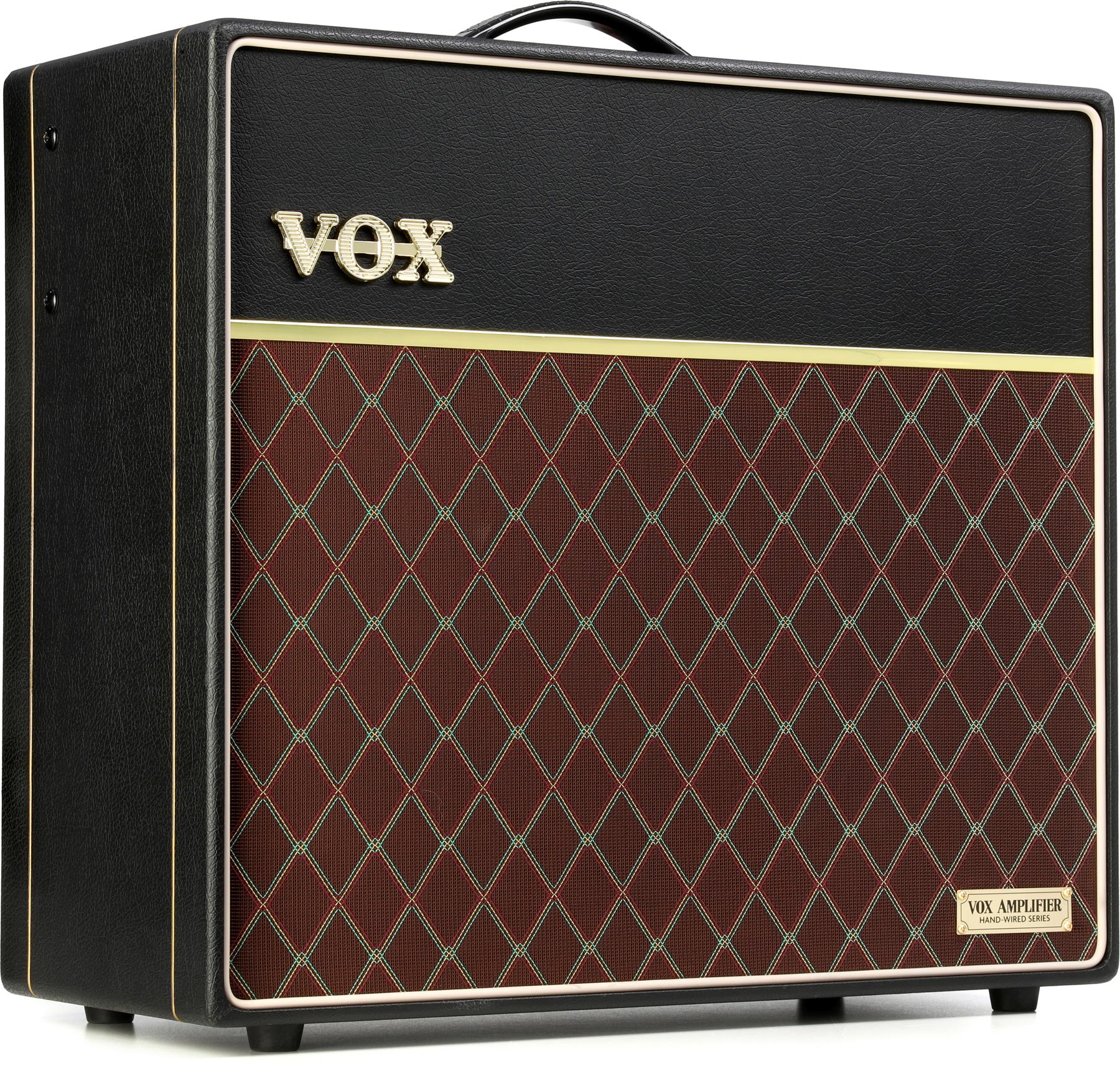Like any art movement that sticks around long enough, “ambient” music has come to mean many different things. As home recording grows more accessible, it’s become a popular vehicle for quiet, introspective creations that can come together in small spaces. And when the pandemic raged, ambient music exploded both as an outlet for confined creators and as a service for stressed folk that needed to chill out. Regardless of how the form evolved beyond the prophecies and concepts of Satie, Eno, and ’60s minimalists—and some manifestations have been truly vacuous—its expansion opens a lot of opportunities for pedal builders.
MXR, for its part, hasn’t dabbled much with ambient effects. The recent MXR Reverb is, until now, probably the brand’s most ambitious effort along ambient lines. The new Joshua Ambient Echo, however, explores many such avenues by melding two delays, modulation, multiple echo divisions, octave tones, and reverb. And, yes, you can probably bet the house that, in name and sound, Joshua cheekily honors the Edge and the mega-platinum LP his band made with none other than Eno himself. See how beautifully everything intertwines in the mists of ambient space? You can reach a lot of these magical places with Joshua.
The Brink of the Abyss
Joshua’s basic voice, sans reverb, modulation, or octave, produces the kind of clean, precise digital echoes that I expect when I grab my Boss DD-3. One cool byproduct of this clarity is the way it highlights the rhythmic capabilities of the Joshua, which are a draw equal to its capacity for ambience.
Less than subliminally compelled to play a bunch of muted U2-style rhythms, I heard the Joshua snap with sharp, percussive presence in a manner evocative of the Edge’s Korg SDD-3000 sounds (check The Unforgettable Fire for a good point of reference). Predictably, the dotted-eighth and triplet modes hop and pop in a fashion that turns stupidly simple melodic lines and chord patterns into compelling riffs. But it’s when you add the second echo that these patterns really percolate. Getting these complex reflections just right can be tricky when tight rhythms are the underpinning of a riff. But getting there is hardly a chore (especially when using tap tempo), and when they come together they can add intriguing extra animation and space to simple parts.
“Predictably, the dotted eighth and triplet modes hop and pop in a fashion that turns stupidly simple melodic lines and chord patterns into compelling riffs.”
These twin-delay polyrhythms sound great in subtle, low-mix settings, too—adding dimensionality that, again, evokes the Edge’s twin SDD-3000/AC30 rig. They also benefit from the Joshua’s ability to operate at very high-to-maximum repeat and mix levels. Instead of oscillating out of control, echo patterns spool into long-to-infinite loops. In audio Clip 1 that accompanies the online version of this review, you can hear a single 12th-fret harmonic stab—played in the compound-eighth/dotted-eighth mode at maximum repeat and mix—turn into a sequencer-like pattern that’s perfect for a looper or the pedal’s freeze function.
Of course, Joshua’s most complex echoes can also unlock unusual textures and compel players to explore new dynamic techniques and approaches to songcraft. Check out Clip 2. This is a very Edge-like percussive pattern, again played on the compound-eighth/dotted-eighth division setting with a pretty aggressive mix. The first segment of the clip uses a single delay and a pattern using a heavy downstroke on the one. Played in dual delay mode, this complex tangle of echoes is a mess. But apply a light touch, add some modulation and mild octave-up content, and the same pattern of notes becomes the audio equivalent of light scattered through stained glass—producing many unexpected colors and overtones.
Generally, I’m not a big fan of octave-up content in delays and reverbs or the way they can turn otherwise engaging echo tones to cloying. The +2 octave range here can be syrupy sweet to my ears. But the pedal also has +1 and -1 octave settings, the latter of which can add ballast to a part or, at high mix and repeat settings, turn a single low E note to a haunting, endless foghorn blast. The modulation is very nice, too, adding much to the movement and harmonic makeup of the pedal’s most ambient tones, or simply working as a rich chorus at fast delay times as heard in Clip 3.The Verdict
The Edge regularly credits his old Memory Man and Korg delays for completely recasting his technique and compositional approach. And doubtless, players with free spirits and few preconceptions will find many fresh paths to wander here. That so many possibilities and complex sounds can exist alongside much more basic fare in a compact unit makes the Joshua a sensible investment—even at nearly 220 bucks. For the player that masters its complexities, it could flower into a deep well of inspiration capable of paying back that sum many times over.




















